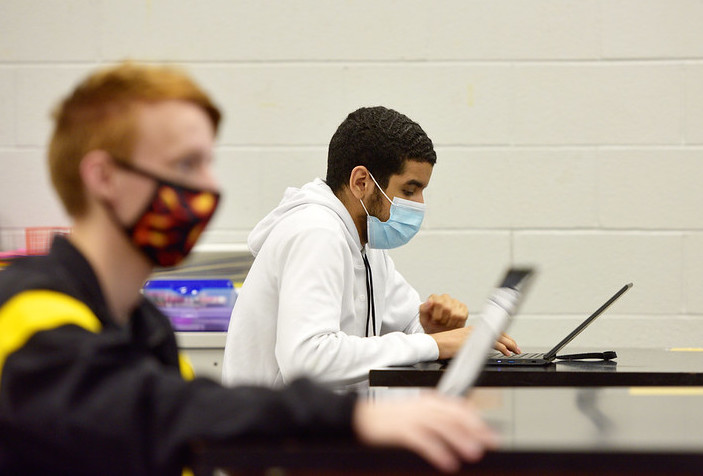
The sense of urgency to support America’s educational recovery is palpable. School leaders are providing summer enrichment while looking ahead to an academic year that still won’t feel quite “normal.” Tennessee has paved the path to recovery by championing a targeted solution: deploy future teachers as tutors for vulnerable students.
The idea arose last summer when leaders from the Tennessee Ed Prep Impact Coalition — a collective of seven educator preparation programs (EPPs) — urged state leaders to “adopt policies that allow teacher candidates to provide online tutoring to students.” This recommendation catalyzed a broader national movement to mobilize the nation’s 450,000 aspiring teachers as tutors in high-need and hard-to-staff schools, an idea now being championed by a bipartisan coalition of U.S. senators in the PATHS to Tutor Act (S457).
As I’ve fielded calls from deans looking for ways to help after the pandemic, tutoring continues to rise to the surface as a win-win for school districts and EPPs. Many communities are designing innovative models to create powerful tutoring partnerships that utilize future teachers to benefit students. We spoke with some of these folks to get their insights and captured their stories in a new resource, “Strengthening Pipelines and Serving Students.” The resource shares stories of strength, resilience, and innovation that illustrate how mobilizing aspiring teachers as tutors is a win-win, and how communities can do it.
These examples point to the potential of broader ecosystem strategies — efforts that bring together higher education, K-12 school systems, community-based organizations, and other stakeholders who, rooted in an evidence-based understanding of how students learn best, redesign pathways to be more practice-based, more closely aligned to K-12 schools, and more accessible for larger numbers of aspiring teachers.
Everyone benefits from these partnerships:
- Higher education leaders live their missions by serving the local community.
- Faculty and staff improve.
- Future teachers strengthen their instructional skills, fulfill licensure requirements, and, in many cases, earn compensation.
- School leaders build a more sustainable pipeline of teachers who provide effective instruction and are more likely to stay in their communities.
- Students gain access to additional academic and social-emotional support.
Educational leaders across the country are working hard to make these benefits a reality in their local communities. For example, Tennessee policymakers are ironing out the details of the Tennessee Accelerating Literacy and Learning Corps (TN ALL Corps). The TN ALL Corps seeks to increase access to caring, knowledgeable adults for the state’s most vulnerable students by building cadres of in-person and virtual tutors over the next two academic years.
While investments and policy shifts like those in Tennessee are important, I’ve heard directly from district leaders who feel inundated with bureaucratic paperwork when trying to make sense of these new opportunities. Local leaders are interested in simpler models that can be easily adapted to fit their students’ specific needs. Resources such as “Strengthening Pipelines and Serving Students” and SCORE’s “COVID-19 Impact Memo on High-Dosage Tutoring” are tools that help local educational leaders cut through the noise and find solutions that work for their students.
In light of the inequities made more apparent by the pandemic, educational leaders must resist the urge to get back to “normal.” As one educator put it, normal “wasn’t all that great” for a lot of school communities. Mobilizing aspiring teachers to serve students — especially the most vulnerable — as tutors is an innovation that should outlast our efforts to recover from the pandemic. We must act quickly, but with intention, so that the investments and energy expended lead to sustainable improvements in classrooms.
Patrick Steck is director of policy at Deans for Impact.
